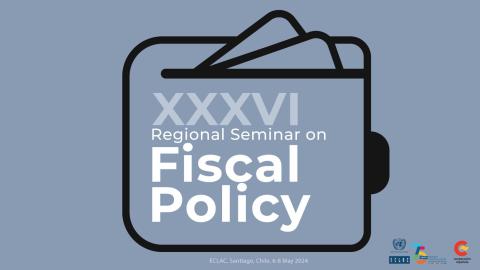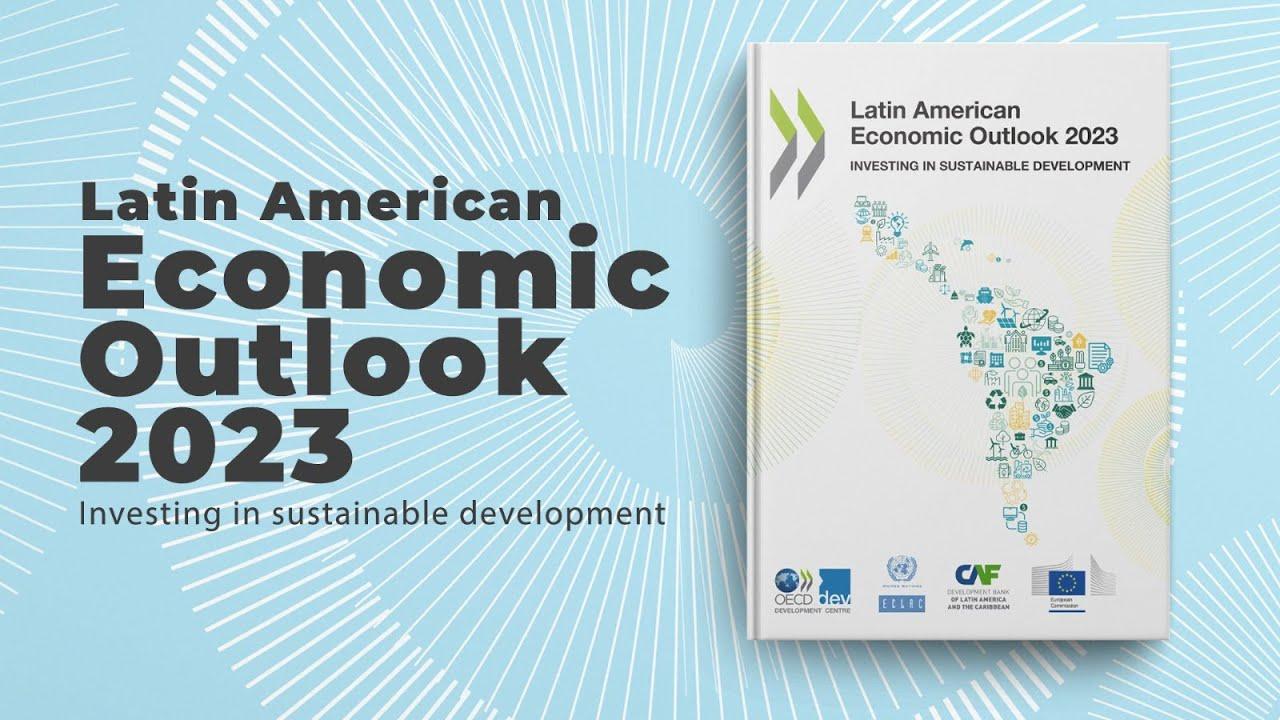Announcement
The economic challenges in the Caribbean can be linked in significant measure to the region’s external vulnerability, states the report Resilience and Capital Flows in the Caribbean, released by the Washington Office of the Economic Commission for Latin America and the Caribbean (ECLAC).
The report, which focuses on the region’s access to external financing and how to improve it as part of the overall answer to its development challenges, looks at trends in international capital flows – including portfolio flows and foreign direct investment – to the Caribbean in recent years, in the context of a decline in official development assistance (ODA) and increasing importance of private capital flows in the global external environment; the challenges regarding financing for development and the need to channel resources towards the 2030 Agenda; and the Caribbean region’s vulnerability, fragility and need to strengthen its resilience.
According to the study, the ODA net flows to the Caribbean have been on a downward trend since 1990. The counterpart of this trend has been the increasing importance of private capital flows to the region. Foreign direct investment and remittances became the main sources of external financing flows in the 1990s and have remained so thus far. Portfolio flows, on the other hand, have shown more volatility and represent a much smaller share of the total.
This report looks at the role of private portfolio flows in the mobilization of resources, and the Caribbean access to international debt markets in particular, taking a closer look at key characteristics of Caribbean debt securities, such as spreads, credit ratings and issuance volume.
For the most part, Caribbean countries’ access to private international debt markets during and after the global financial crisis was costlier and more limited than it was for many of the larger economies of Latin America. During the global financial crisis, Caribbean debt spreads increased much more than spreads for the rest of the Latin America and Caribbean (LAC) region. Caribbean countries also experienced more downgrades in their credit risk rating, and many of them have yet to regain their previous rating. Because of the small size and underdeveloped capital markets in many of their economies, credit ratings can potentially play an important role in investors’ decisions towards the region.
In addition, despite record issuance for the LAC region as whole since 2009, debt issuance by Caribbean countries remains a small share of the total, the report explains. From 2000 to 2017, Caribbean issuance totaled US$ 32 billion and represented only 2.5% of the LAC total. Only seven Caribbean countries tapped international debt markets during this period, with the top three issuers in the region being Jamaica, Trinidad and Tobago, and the Bahamas. Regarding corporate issuance, companies based on only four Caribbean countries – Jamaica, Trinidad and Tobago, Barbados and the Bahamas – have tapped international bond markets, and more than 90% of the corporate Caribbean issuances took place in two sectors: telecommunications and energy.
With only a handful of Caribbean countries having tapped international markets in recent years, private portfolio flows are often overlooked as a source of external financing because of their volatility and small role. However, the report suggests that through innovative security instruments – such as debt swaps or green bonds, among others – and increased cooperation among countries, as well as with the international community, private portfolio flows could play a more significant role in the Caribbean mobilization of resources for the implementation of the 2030 Agenda.



